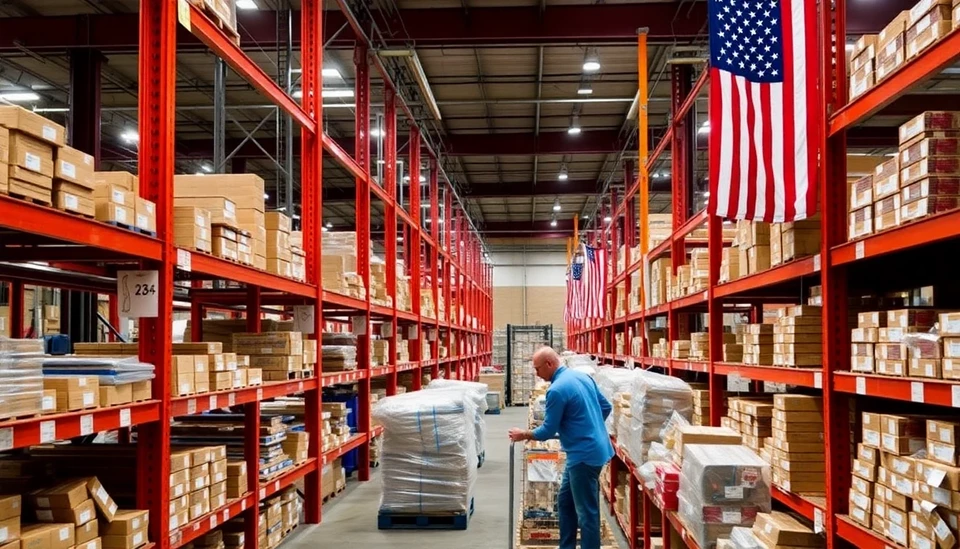
In a concerning trend for the US economy, recent reports indicate that manufacturing activity is veering dangerously close to stagnation. This shift comes at a time when raw material prices are on the rise, adding pressure to an already delicate industrial sector. The latest data reveals a complex landscape where output growth decelerates, and inflationary pressures loom, raising questions about the overall health and sustainability of domestic manufacturing.
The Institute for Supply Management's (ISM) manufacturing purchasing managers' index (PMI) recorded a drop to 47.7 in February, down from 48.4 in January. A figure below 50 signifies a contraction in the manufacturing sector, indicating that more businesses are reporting a decline in activity than those experiencing growth. This contraction is particularly troubling as it reflects broader economic concerns, including sluggish demand and rising operational costs.
Contributing to this slowdown, the prices for critical manufacturing inputs have surged, complicating the situation further. February witnessed a notable uptick in the prices paid index, which rose to 66 from 61.3 in January, signaling increasing costs that manufacturers face in sourcing raw materials. This spike in costs not only poses challenges for production but also threatens to pass on inflationary pressures to consumers in the form of higher prices.
Industry experts warn that these dynamics could lead to a slippery slope affecting employment, investment, and overall economic growth. A sustained decrease in manufacturing activity could result in job losses and reduced hiring, further exacerbating economic uncertainties. In tandem, companies may face dilemmas regarding pricing strategies, as they weigh the rising costs of inputs against consumer demand and competition.
Notably, small manufacturers are reporting significant challenges as they struggle to keep up with larger competitors who may be better equipped to absorb the rising costs. The disparity in capacity and resources could widen the gap in productivity and economic stability among different sectors within manufacturing.
Amidst these developments, policymakers are urged to consider interventions that could bolster the manufacturing sector. Supportive measures might include targeted fiscal policies, investments in technology, and initiatives to improve logistics that would enhance production efficiency and reduce operational costs for manufacturers. The goal would be to foster a more resilient and robust manufacturing landscape capable of weathering inflationary storms.
As the situation unfolds, stakeholders from various sectors will be closely monitoring these indicators. The focus will be on how manufacturers adapt to the double-edged sword of stagnation and inflation, which could set the stage for future economic policies and business strategies. With uncertainties on the horizon, the manufacturing sector stands at a crucial junction that could determine the trajectory of broader economic recovery in the coming months.
In summary, the recent decline in US manufacturing activity combined with soaring input prices signals a potential inflection point. Stakeholders must act strategically to navigate these turbulent waters as the implications ripple through the economy.
#Manufacturing #Economy #Inflation #USManufacturing #SupplyChain #BusinessTrends #EconomicChallenges
Author: Rachel Greene




